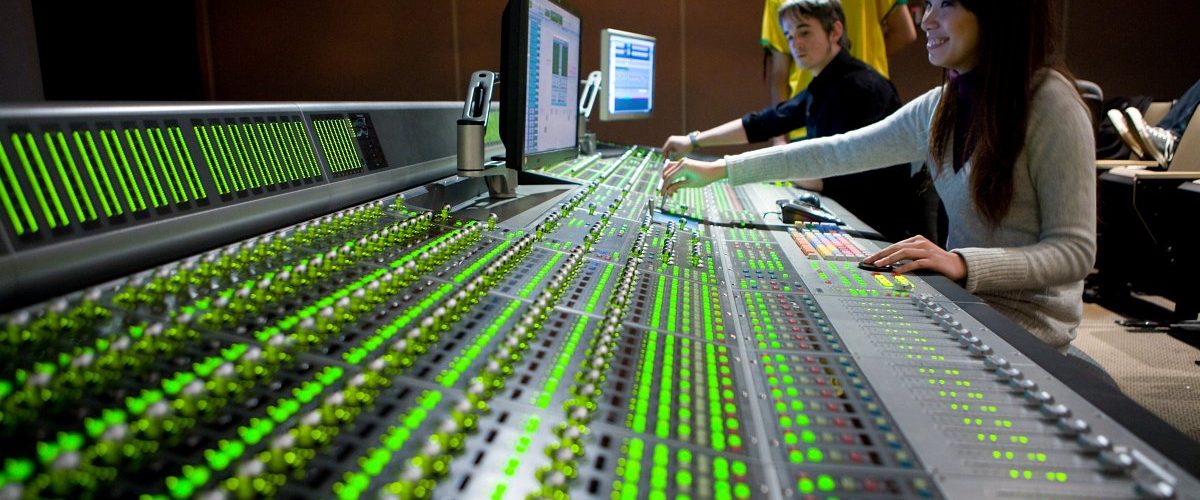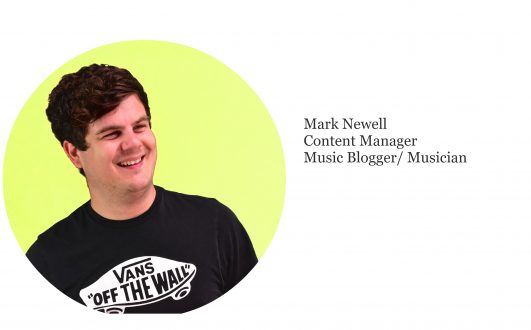Understanding Sub Frequencies, Phase Cancellation, Overtones and More!
22nd June 2017

Physics and music production/audio engineering aren’t two things you would often group together. However, if you’re involved with audio you’re constantly surrounded by physics whether you like it or not. So, if you thought physics ended when you left school think again because we’re about to give you a physics lesson audiophile style. Now can we have silence down at the back please?
The Theory
The theory behind audio being a science is pretty basic. Any sound we hear is caused by changes in air pressure (called vibrations) travelling from a source to our ears. Simples.
The thing is the human ear is selective in that it can only really focus on around three elements in a piece of music at one time. Consider this when you’re composing and arranging a track. Pick three elements that you want the listener to focus on and build around them for maximum impact. Most sounds consist of a fundamental frequency (that being the lowest frequency in the sound) and an array overtones, or harmonics, which refers to every frequency being produced after the fundamental.
Take this kick drum for example. We see the fundamental hit right around 55Hz then all the overtones (harmonics) that extend into the high end of the spectrum.
TOP TIP: Bring out existing harmonics or add harmonics to a sound you think needs more presence by adding things like distortion or harmonic exciter plugins. Fabfilter’s Saturn is great for this and so much more. It’s multi band as well so you can chose which frequency band you want to add distortion/overdrive/saturation to. Lovely.
Phase Cancellation
Phase cancellation is a phenomenon where the waves being produced by different sounds conflict and work against each other, sometimes cancelling each other out. This is common when stereo micing guitars or bass when recording. To tackle this either position your microphones differently (recommended) or use a plugin which can flip the polarity of your sound. Waves Audio’s InPhase plugin is a great tool for correcting phase issues and can also provide a lot of options both creatively and engineering wise.
In electronic music phase cancellation can occur when producers tune their kick drum to the exact fundamental of the key their track is in. If you’re writing in G minor and you tune your kick drum to G often times this can conflict with your sub bass, creating a warbling effect which can really dirty up the bottom end. Try tuning your kick drum up or down a 3rds or 5ths and see if that works.
Sound waves
Sound waves travel and bounce off pretty much any surface they come in contact with. If they bounce around your studio surfaces too much before hitting your ears it can result in many issues such as false stereo imaging. This is why we see big studios filled with fancy foam pads and diffusers (called acoustic treatment) – to absorb sound waves and stop them bouncing around the room. Below is a diagram showing the optimal listening position and a few recommendations for placing acoustic treatment in your studio.
The optimal listening position is directly in the middle of the speakers where there’s an equilateral triangle between the listener’s ears and the centres of the speaker cones.
Bass frequencies tend to accumulate in corners. This means corner studio set ups are bad as they will trick us into hearing lots of bass in our mix. We then tend to adjust our mix accordingly, leaving a distinct lack of bass when our mix is played on other systems or in other listening environments. Bass traps (the grey corners in the diagram) are placed in studios to absorb some of this bass and give us a more accurate representation of the low end of our mix. The lines in red represent sound waves travelling from the monitors to the point of first reflection. This is where the most disruptive reflections can occur and, along with corners, are imperative to treat.
Sub Frequencies
Low end is one of the most important areas of focus when recording or producing music. It is especially important in electronic music. The sub region of the low end is generally everything under 60-80Hz. Think of it as something you physically feel rather than hear. It’s all the frequencies that punch you in the chest in clubs and venues. A good idea when mixing the sub section of your track is to think of it rhythmically. You don’t want your track to give the listener a constant rumbling drone in the sub region – it’ll not only sound boring but it can get uncomfortable after a while on a big system. Bad sub. By breaking up the sub we can make the low end more interesting and keep the listener engaged. You want to try and give one element of your track dominance over the sub. Either the kick OR the bass – never usually both. Coupled with an interesting rhythm, allowing one element to dominate the sub region will keep everything nice and clean. Good sub.
TOP TIP: Low pass your master down to about 200Hz to allow you to focus on the low low end of your track and really fine tune what’s going on down there.
So clearly then there’s more to audio than we take for granted. Through this post we aimed to give you a better idea about how sounds are generally formed and how they interact with human ears. Understanding phasing, sub bass and how sound waves reflect are key in achieving the best mix possible. There’s a lot of information to take in all at once but then again physics isn’t exactly famed for being easy to understand. Because we’re so cool we won’t assign any homework this week. We do, however, recommend you try out some of the techniques in this blog and see how it helps you with your recording and mixing.
Until next time,




